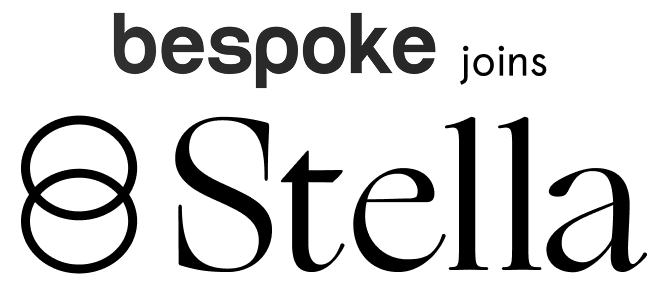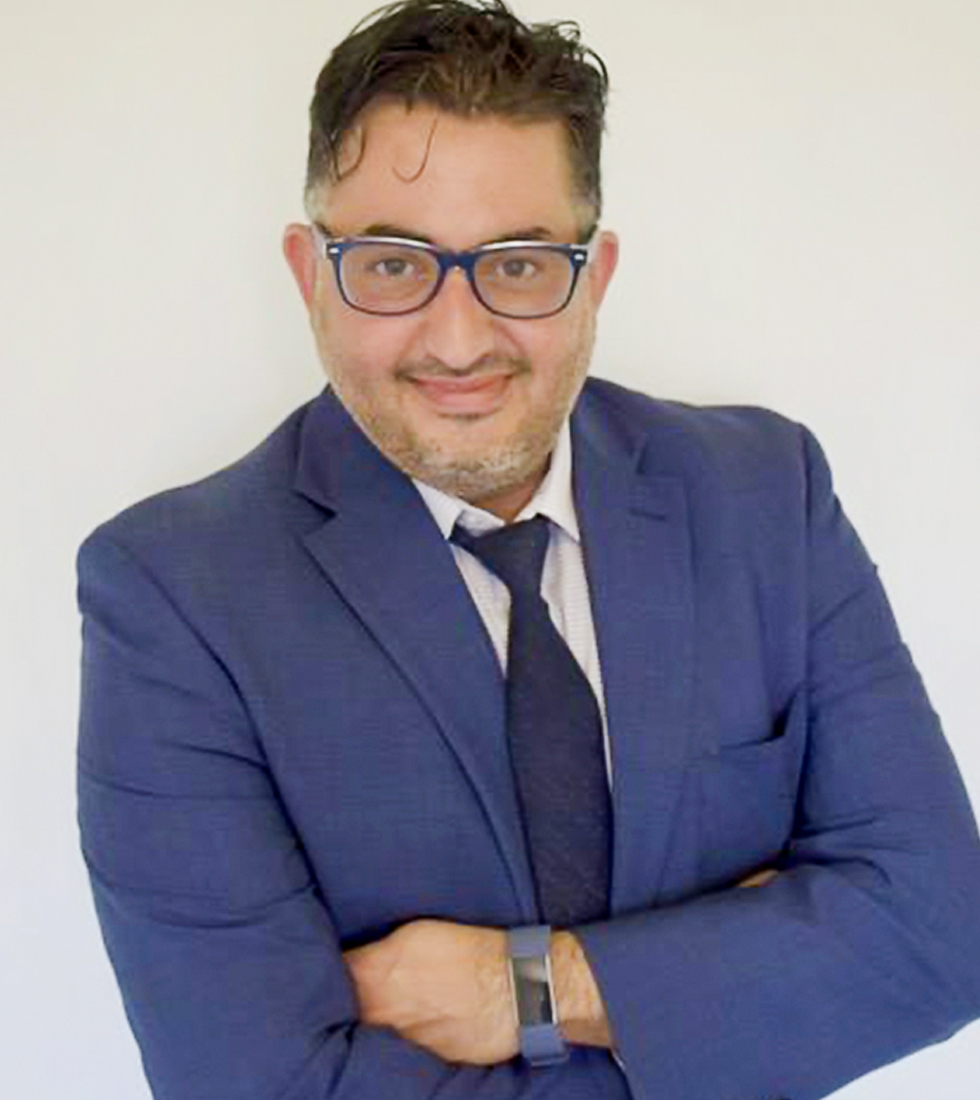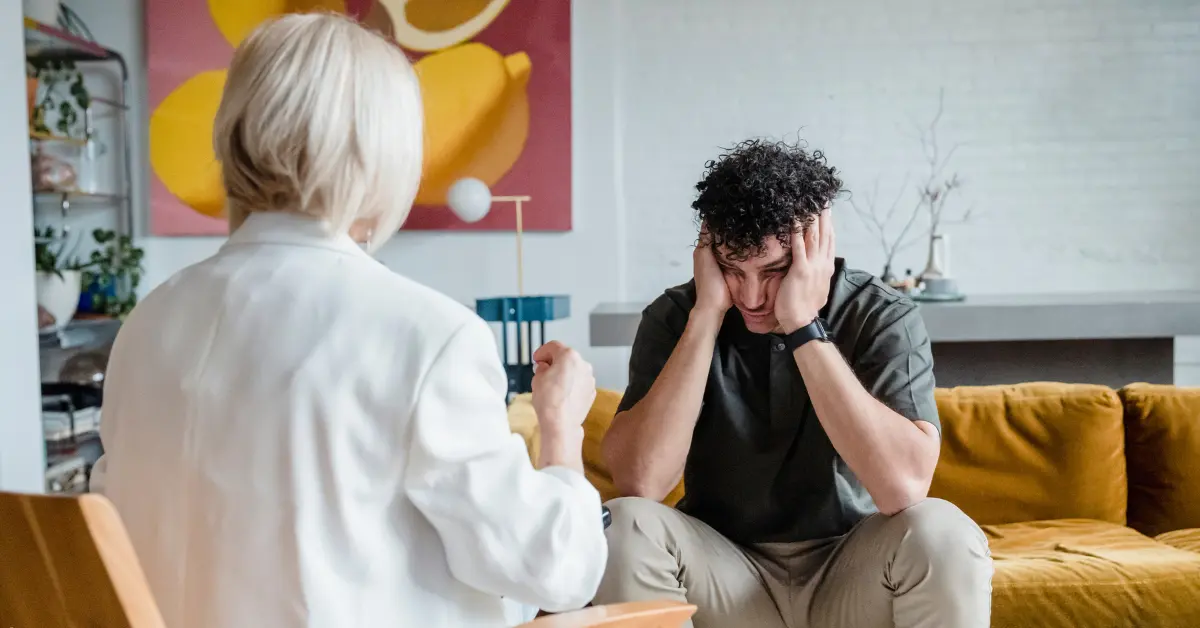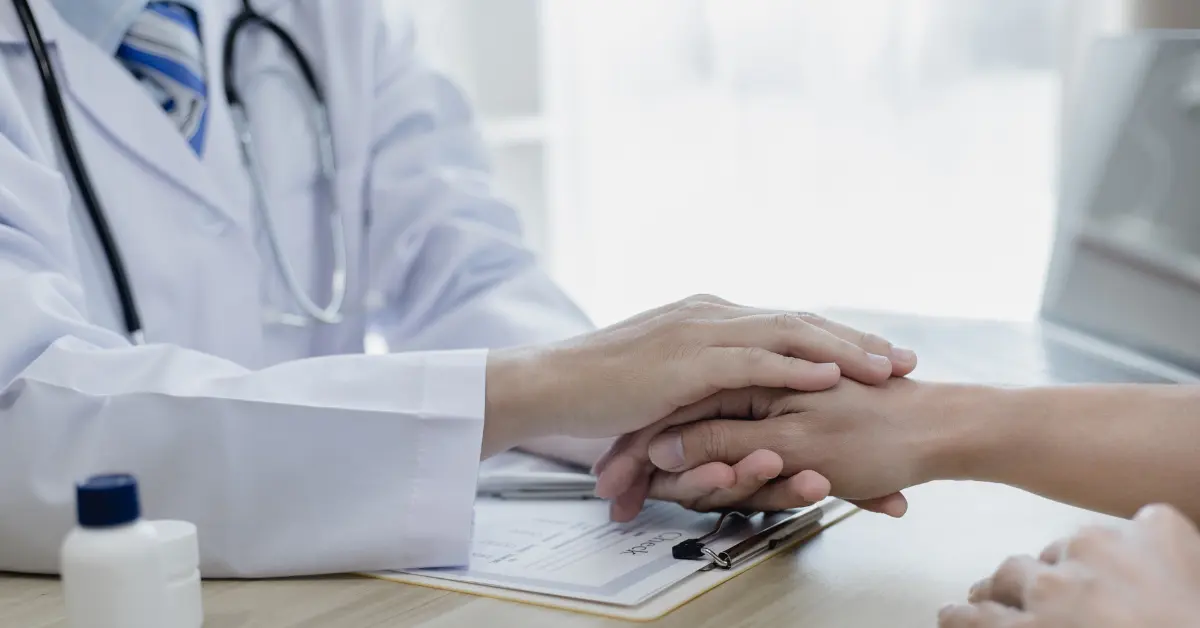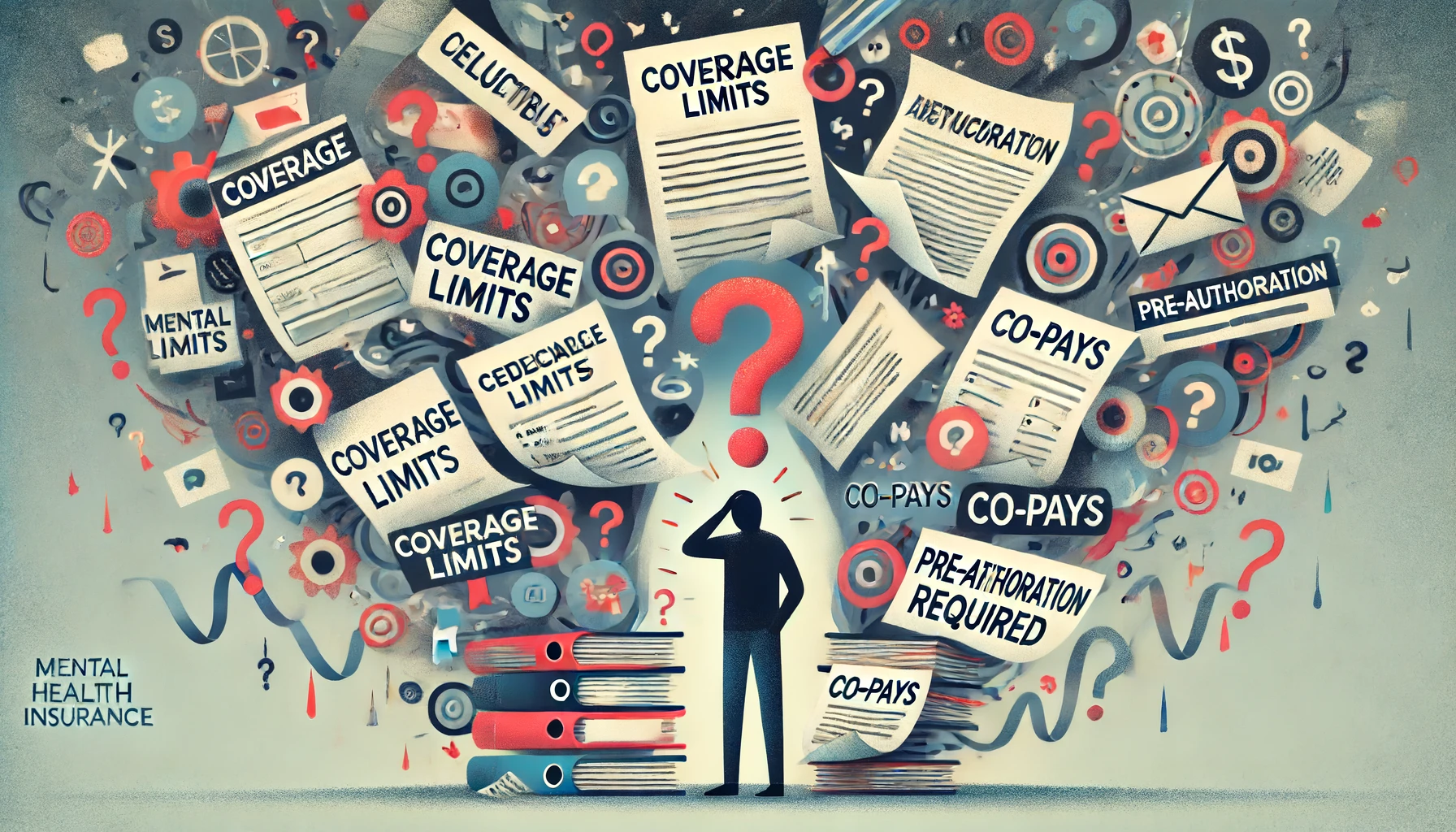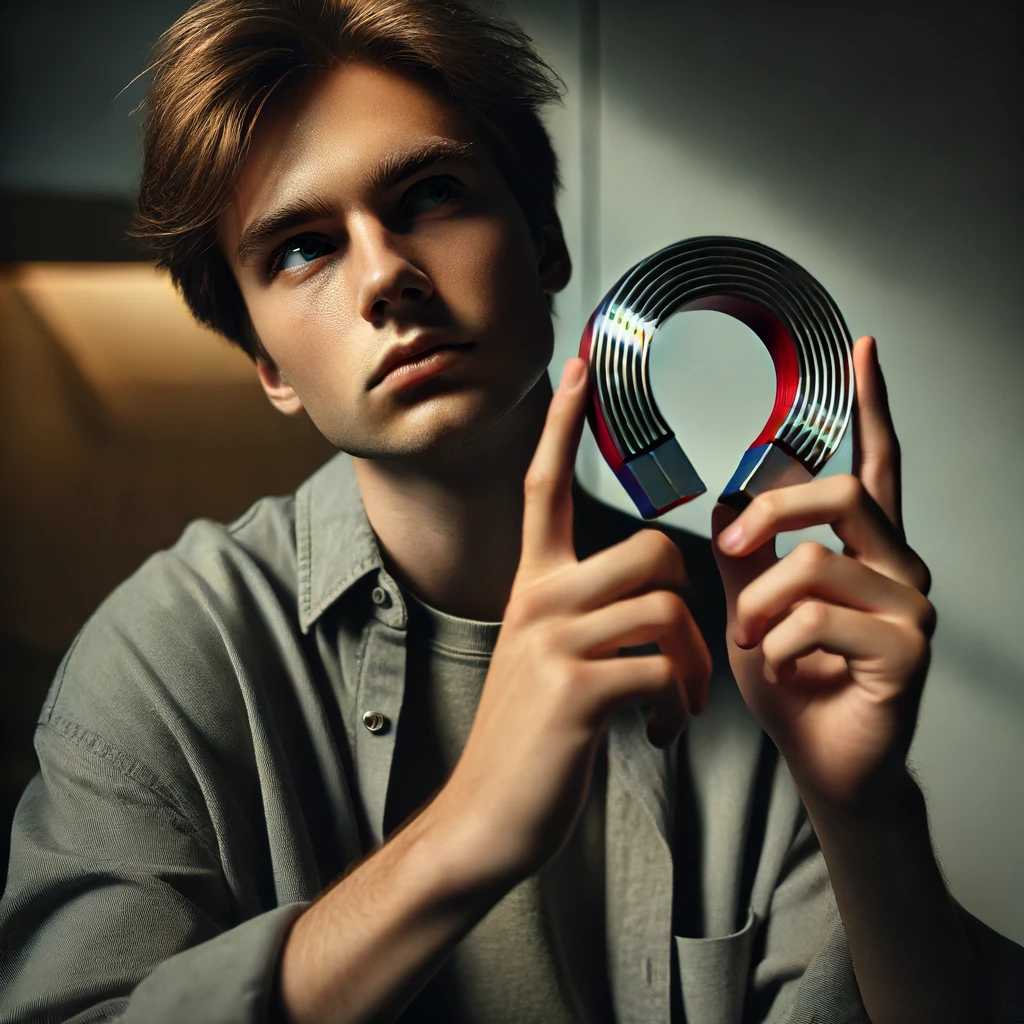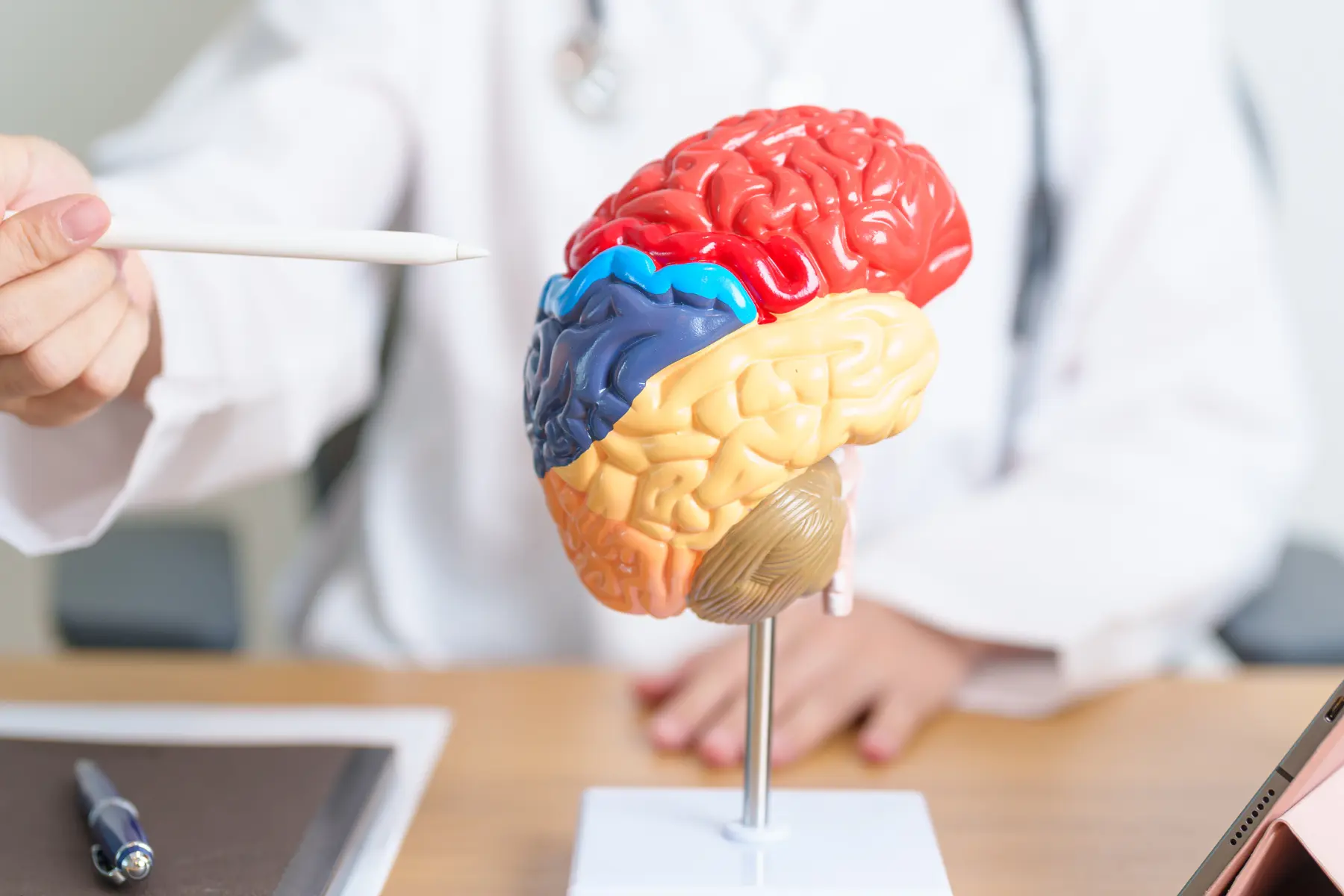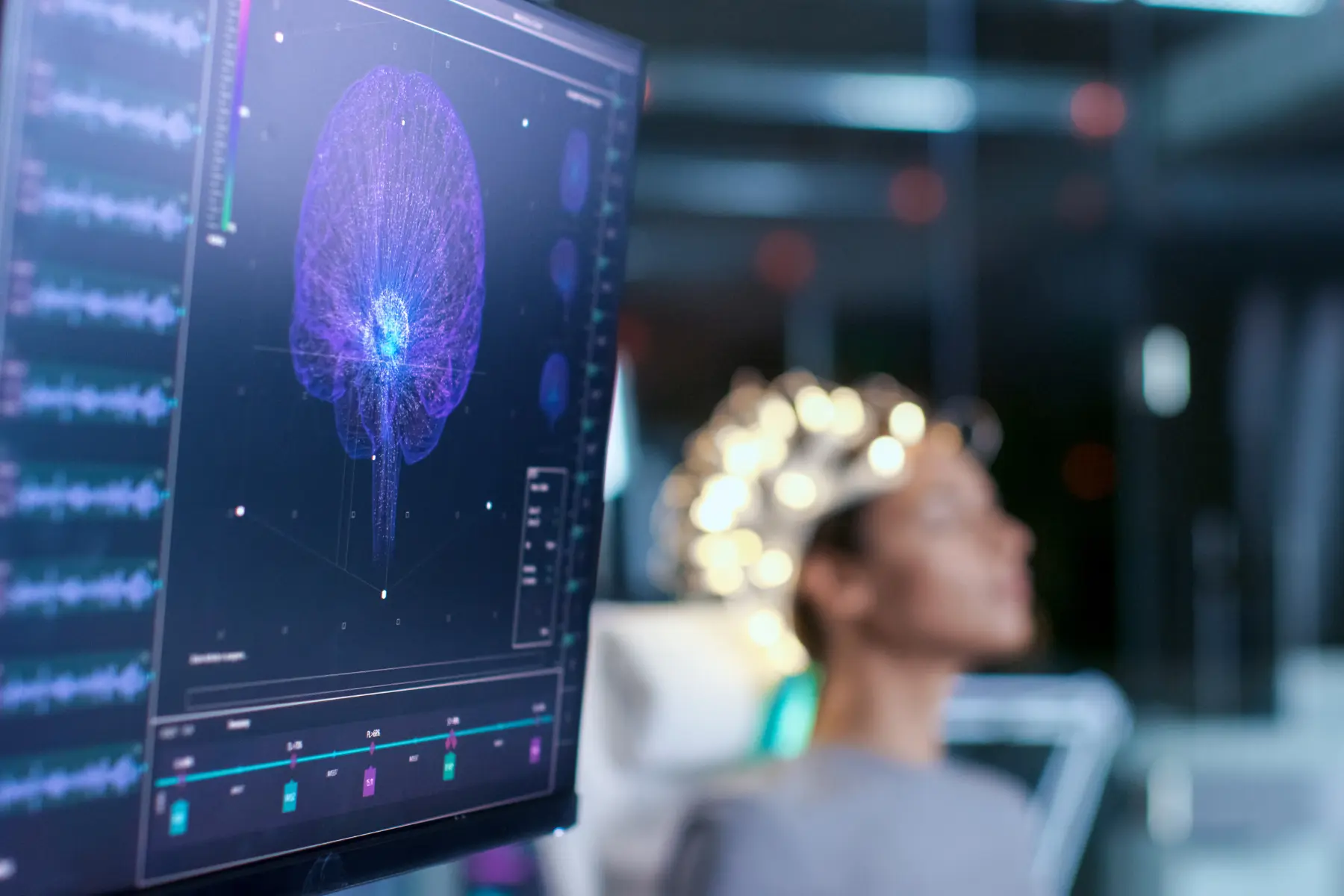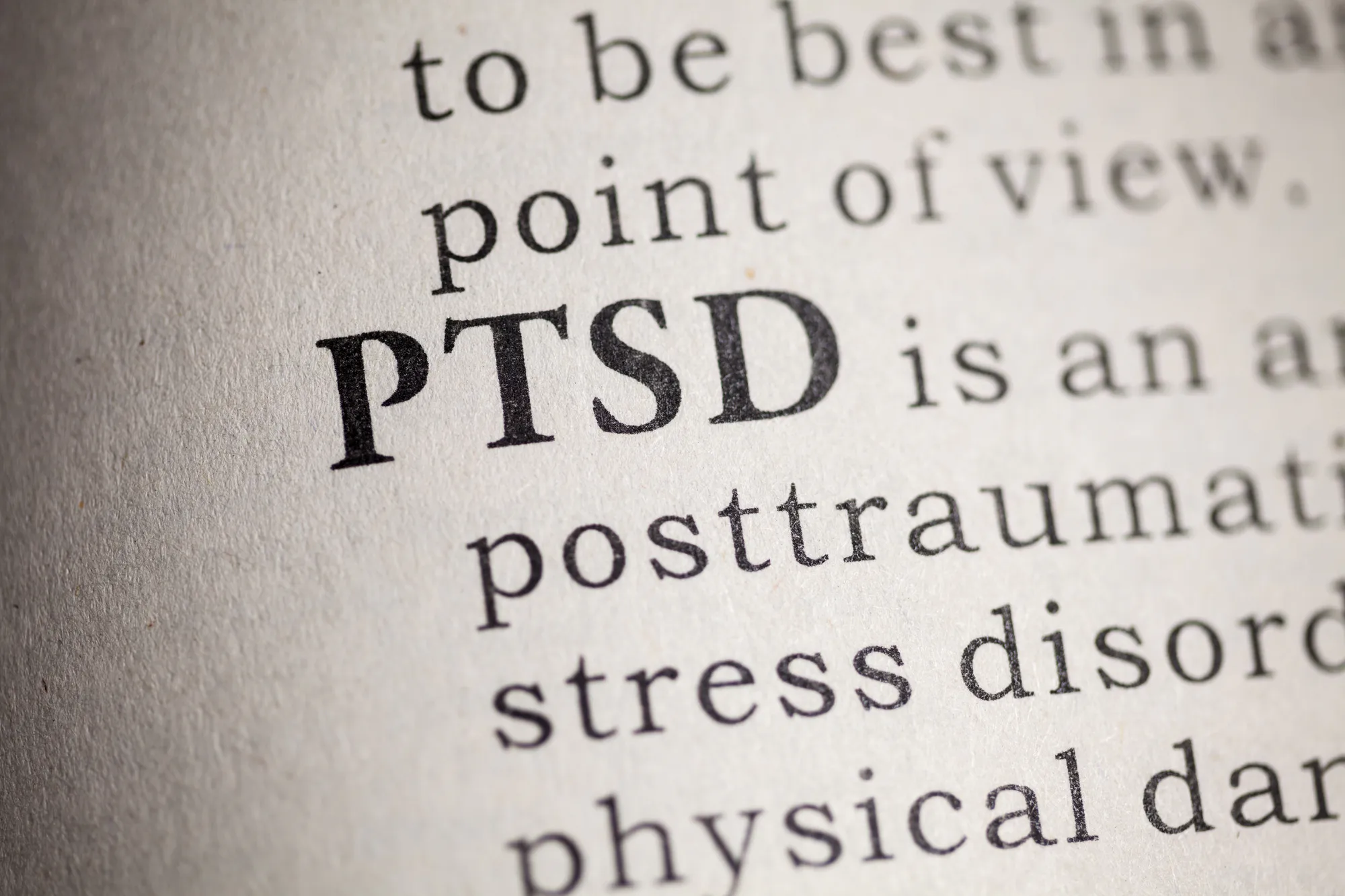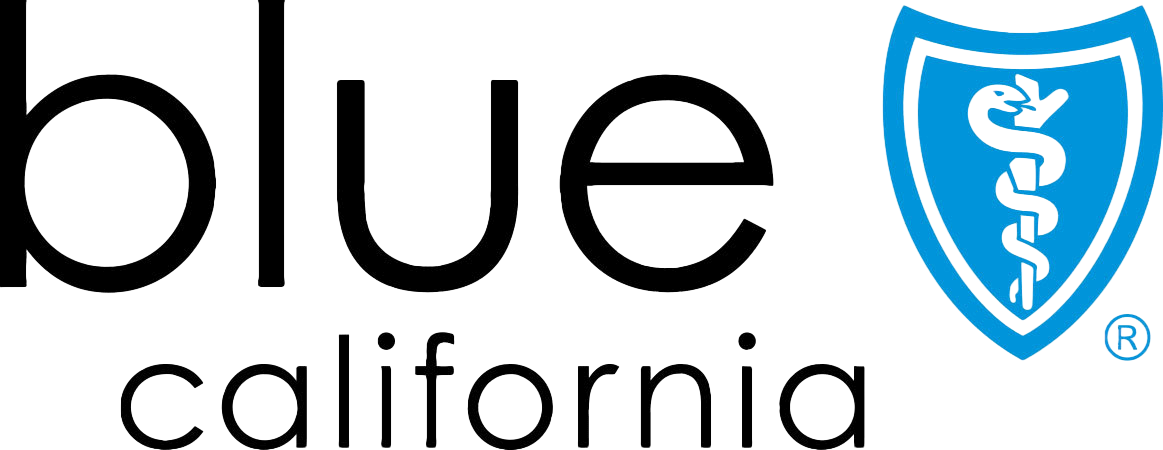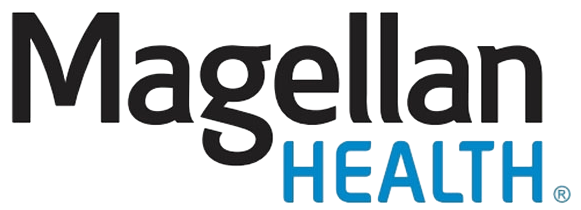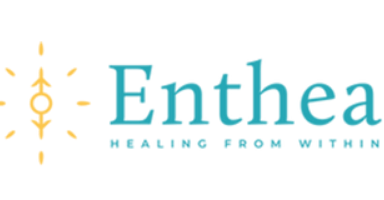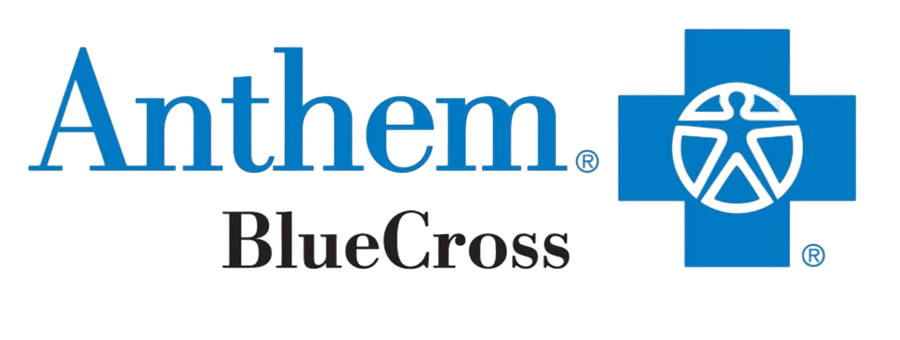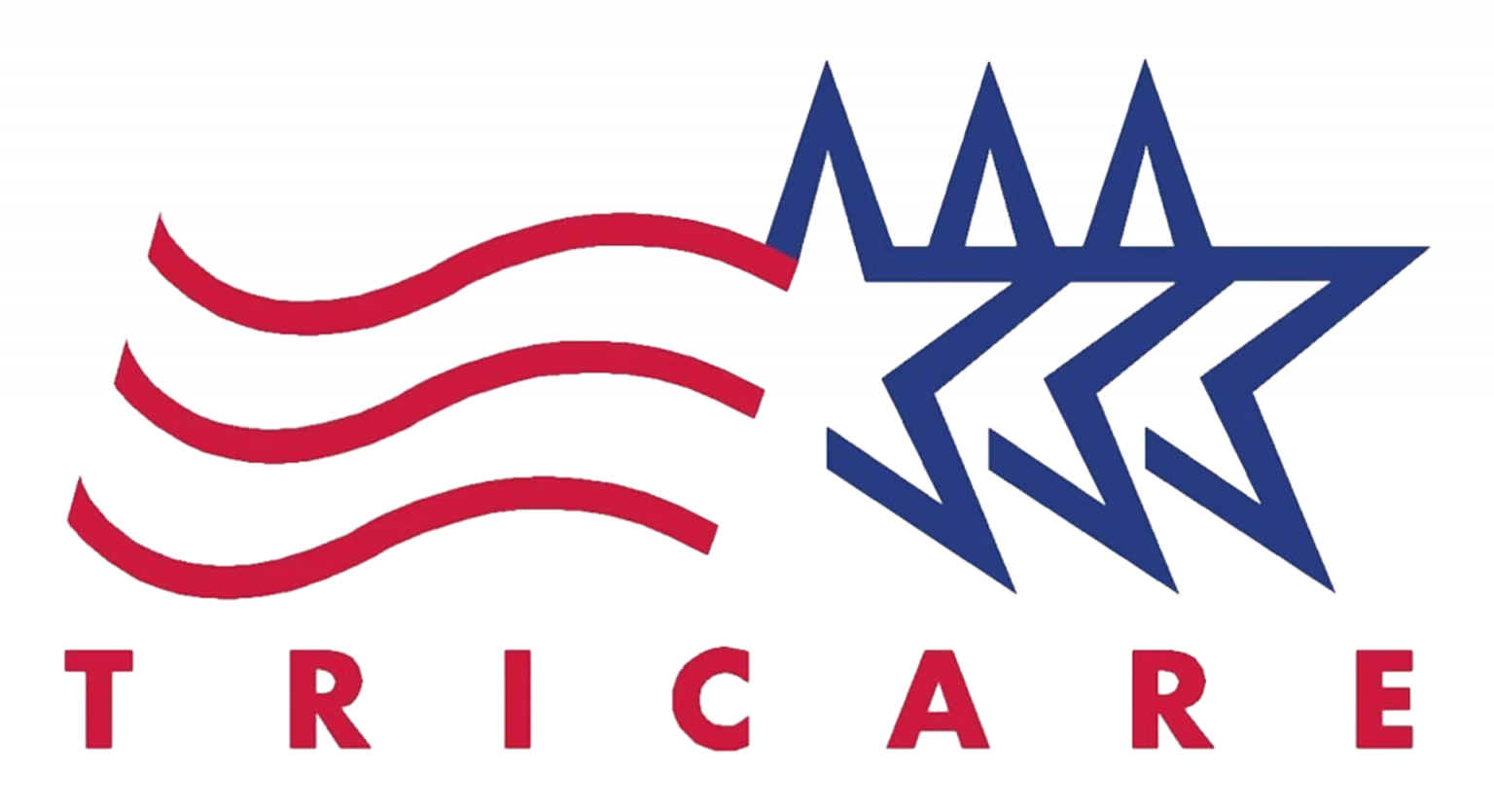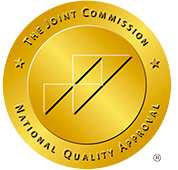There has been increasing confusion regarding the specific types of TMS and rTMS. This article will serve to briefly clarify what TMS is, how it works, and how different types of machines (called Transcranial Magnetic Stimulators) compare. The most important thing to know at this point is that Transcranial Magnetic Stimulators first came about in 1985 as a method to research healthy motor pathways in the brain. A few years later, convergent literature on brain scans and depression came to light and scientists began to understand that specific parts of the brain, including the left dorsolateral prefrontal cortex, were underactive in various types of depression. In 1995, several researchers decided to place the magnetic stimulator on the left dorsolateral prefrontal cortex, in hopes that increased neural activity would coincide with an increase in mood. They were right, and their patients were less depressed within the week.

2008: The First rTMS Machine Becomes FDA-Approved
It took 13 years and hundreds of clinical trials for TMS to become
FDA-approved in the United States. The first Transcranial Magnetic Stimulator was created by Neuronetics Inc., and it is called NeuroStar. NeuroStar is a great quality machine, and in general, they have the most recognition among patients and practitioners alike, where individuals are told to “ask for NeuroStar by name.”
The specific design and operation of NeuroStar highlight its innovation in the field of neuromodulation. It is classified as a Surface TMS machine, which means it primarily stimulates the superficial layers of the brain’s cortex. This is crucial as these regions are often involved in mood regulation and are accessible without the need for invasive techniques. NeuroStar uses a repetitive TMS (rTMS) protocol, which involves administering multiple magnetic pulses per session to maximize therapeutic effects. This method of rTMS is particularly effective in creating sustained changes in neuronal activity, crucial for alleviating symptoms of depression. The standard protocol at the time of its approval involved pulsing at a 10 Hz frequency for 37.5 minutes per session, including breaks. This regimen was optimized based on clinical trial data to balance therapeutic outcomes with patient comfort and treatment feasibility.
Here Comes Deep TMS
The second machine to become approved by the FDA was manufactured by an Israeli company called Brainsway. Brainsway claimed that their machines reach deeper brain structures than NeuroStar. Brainsway stimulators use a large helmet that is placed on an individual’s head during the whole session. Deep TMS is technically only theoretical, as it has not been proven that the Brainsway machines hit a deeper portion of the brain. However,
Brainsway’s own spherical models predict that their Deep TMS devices reach structures 0.7 centimeters deeper than other machines. These innovations not only enhance the therapeutic process but also streamline the treatment protocols, therefore increasing the capacity for healthcare providers to treat more patients effectively:
- Reduced Treatment Time: Traditionally, TMS treatments were notably lengthy, often deterring patients who needed frequent sessions. Brainsway has addressed this by reducing the session time to just 20 minutes, compared to the conventional 37.5 minutes. This reduction is not just a matter of convenience but also a significant improvement in patient compliance. Shorter sessions mean less disruption to a patient’s daily life, which can enhance the overall appeal of the treatment and reduce the psychological burden often associated with long-term medical therapies.
- Efficient Protocols: The efficiency of Brainsway machines stems from their ability to halve the inter-stimulation interval, which is the pause between magnetic pulses. This adjustment means that treatments can be completed in almost half the time previously required. Such a protocol not only makes the treatment quicker but also intensifies the therapy, potentially improving outcomes. Faster sessions allow clinics to schedule more appointments, thus optimizing resources and helping more patients in the same amount of time, which is crucial for treatment centers with high demand.
- Common Misconceptions: In online forums and discussions, it’s common to see Deep TMS and rTMS compared as if they are distinct treatments. However, it’s crucial to understand that Deep TMS is a specialized form of rTMS. This misconception may lead to confusion about the capabilities and specific benefits of each. Educating both patients and professionals on this distinction is important to ensure that individuals receive the correct information, which can influence treatment choices and expectations. By clarifying these differences, patients can make more informed decisions about their healthcare options.
These pivotal enhancements introduced by Brainsway are reshaping how TMS is perceived and utilized in clinical settings. By reducing treatment times, optimizing protocols, and clarifying common misconceptions, Brainsway is not only advancing the technology itself but also improving the way patients receive and perceive mental health treatments. These improvements reflect broader trends in medical technology, where efficiency and patient understanding are pivotal to successful outcomes.
Some studies do show that Deep TMS has higher efficacy, most likely because the Brainsway machine stimulates a much larger portion of the brain. In an independent study published in
The Journal of Neuropsychiatry and Clinical Neurosciences,
Lonergan et al. (2017) compared patient and technician attitudes on Deep TMS and Surface TMS devices. Not only did real patients report a greater decrease in depressive symptoms from Surface TMS compared to Deep TMS, but patients also reported significantly more confidence in Surface TMS devices. Similarly, practitioners for both devices reported that Surface TMS devices have
fewer side effects than Deep TMS, and thus, they are more likely to recommend Surface TMS over Deep TMS. While Deep TMS is a great option, the two biggest flaws are that 1) has an increased likelihood of side effects. Patients undergoing Deep TMS might experience more pronounced headaches, scalp discomfort, or facial muscle contractions compared to those receiving standard TMS. This is primarily due to the stronger and deeper magnetic fields that affect a larger volume of brain tissue. The second major limitation of Deep TMS concerns the design and operational inflexibility of the equipment used. The coils in Deep TMS are typically H-coils, designed to create a magnetic field that penetrates deeper than the figure-8 coils used in traditional TMS. While effective in reaching deeper brain structures, these H-coils are larger and not as easily maneuverable as their counterparts. This lack of flexibility can be a significant hindrance in personalizing treatment.
Neuronavigation TMS (MRI TMS)
TMS clinics may send you to get a structural MRI before beginning treatment. In this case, the hope is that the brain scan will tell the doctor exactly where to place the stimulator on the scalp to reach the left dorsolateral prefrontal cortex. This method has somewhat fallen out of favor as it
doesn’t seem to make any significant difference in efficacy compared to the current consensus algorithm for locating the spot. Over the years, advancements in TMS technology and methodology have led to the development of more efficient and cost-effective techniques for determining the optimal site for stimulation without relying on MRI scans. The “Adjusted Beam F3” algorithm, utilized by clinics such as ours in Los Angeles, exemplifies such innovation. This technique bypasses the need for costly and time-consuming MRIs. Instead, it employs a systematic approach to locate the stimulation site based on external cranial landmarks. Practitioners use a combination of anatomical measurements from fixed points on the patient’s head, such as the nasion (the bridge of the nose) and the inion (the most prominent point of the occipital bone at the base of the skull). These measurements are then adjusted according to individual variations in head size and shape, providing a reliable and reproducible method for targeting the dorsolateral prefrontal cortex effectively. This approach significantly reduces the preparation time and discomfort associated with MRI scans, enhancing patient comfort and clinic efficiency.
The evolution of site-localization techniques in TMS therapy reflects broader trends in psychiatric treatment, where precision medicine strategies are increasingly favored to maximize therapeutic benefits and minimize side effects. While MRI-based targeting offered a leap forward in understanding the brain’s structural involvement in mood disorders, the practical limitations and lack of substantial improvement in patient outcomes have spurred the adoption of alternative methods. Clinics that adopt algorithms like the Adjusted Beam F3 contribute to a growing body of evidence supporting the efficacy of these refined techniques. Furthermore, these advancements highlight the importance of ongoing research and adaptation in medical practices to incorporate new scientific insights and technological advancements.
Theta Burst Stimulation (Express TMS)

Theta Burst Stimulation, which tends to be referred to as either Express TMS or TBS interchangeably, is one of our favorite types of treatment. In TBS, the stimulator pulses at a specific frequency that mimics one’s brainwaves, enabling the brain to increase neuroplasticity up to 10 times faster than traditional TMS. While a TMS protocol used to take 37.5 minutes,
theta burst stimulation gets the exact same results in just 3 minutes. Theta burst was FDA-cleared in 2018 after it was shown that both the efficacy and side-effect profiles were the same as standard 10 Hz rTMS treatment. Aside from increased accessibility, we prefer theta burst because it seems to be a universal signal for the brain to engage and increase neuroplasticity.
The traditional TMS protocols, such as the 10 Hz treatment, have shown a range of responses among patients, reflecting the complexity of brain dynamics and individual differences in neurological pathways. These variations necessitate a careful selection of TMS protocols tailored to individual needs, guided by clinical expertise and diagnostic precision.
- Excitatory Effect: In certain individuals, older TMS protocols like the 10 Hz treatment serve to elevate neural activity. This increase in brain activity can be beneficial for patients with conditions characterized by underactivity in specific brain regions, such as certain forms of depression. However, the variability in patient response requires clinicians to carefully monitor outcomes to ensure the intended excitatory effects align with therapeutic goals. Over 110 words are dedicated to explaining how this stimulation might aid patients needing increased neural activity, while also highlighting the necessity for personalized treatment plans.
- Inhibitory Effect: For other patients, the same 10 Hz treatment might suppress neural activity, which can be counterproductive and exacerbate symptoms, particularly in individuals whose conditions do not benefit from decreased brain activity. This inhibitory effect underscores the importance of precision in TMS therapy, as the unintended reduction in neural activity could lead to a deterioration rather than an improvement in the patient’s condition. This section expands on the risks associated with the indiscriminate application of TMS, advocating for tailored therapeutic approaches based on thorough neurological assessments.
TBS utilizes a pattern of bursts and is considered more effective due to its ability to modulate brain activity across different patients. This method enhances the predictability and efficacy of the treatment, making it a superior choice in clinical settings where managing patient variability is crucial. The advancements in TBS not only improve patient outcomes but also push the boundaries of neurotherapeutic interventions, marking a significant evolution in the application of TMS.
A few studies have come out that have tried administering multiple sessions of TBS in one day (e.g., 5 sessions per day over 6 days), which is called
Accelerated TMS. The jury is still out on whether this is more or less effective than the standard 6-week course, although accelerated TMS with the addition of
fMRI-guided TMS is proving to be a powerful combination. Instead of MRI-guided TMS, fMRI TMS uses algorithms
similar to the SAINT protocol to target a deeper pathway with a hub over the cortex on the stimulation site.
From the pioneering steps of using magnetic fields to stimulate neural activity in the motor cortex to the sophisticated development of devices like NeuroStar and Brainsway, TMS has proven its substantial potential in treating depression and enhancing mental health. With each advancement, whether it’s the shift to Deep TMS or the groundbreaking efficiency of Theta Burst Stimulation, we witness a closer alignment of technology with patient-centric care. These developments not only expand the accessibility of treatment but also refine the precision with which we can address individual variations in brain function and pathology. As the field continues to progress, the ongoing research and adaptation of TMS technologies promise to further explain mental health conditions and offer hope to those seeking effective therapeutic options. The journey of TMS, marked by clinical rigor and transformative breakthroughs, highlights the profound impact of marrying technology with compassionate care in the realm of mental health.


